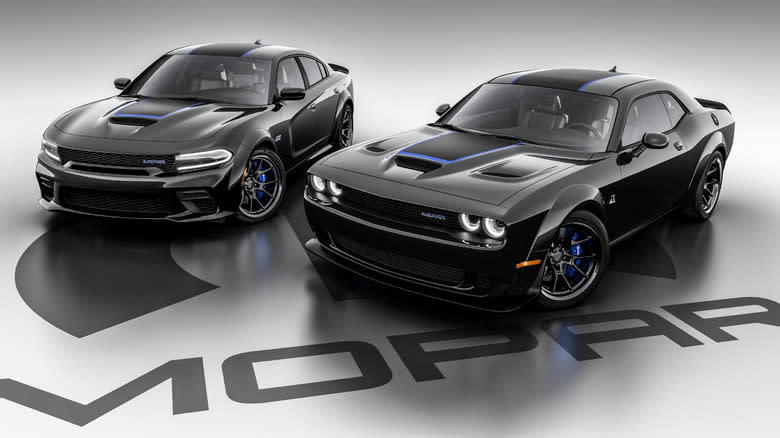
Mopar or no car? A lot of muscle-car fans feel that way today, since the Mopar name is closely associated with Dodge's old-school brand of performance — and not just because of a huge catalog of aftermarket upgrades. Full-on Mopar-themed machines included the 2021 Dodge Challenger Mopar Drag Pak, a competition-only dragster capable of delivering quarter-mile times of 7.5 seconds, and the 2023 Charger and Challenger Mopar limited editions. They were part of the Last Call program originally meant to help both Charger and Challenger go out with a bang.
However, long before Mopar became synonymous with muscle, it was the brand for Chrysler's antifreeze. "MoPar" was first used unofficially in the 1920s to refer to the Chrysler Motor Parts Corp., and the automaker trademarked the word in 1937, when it introduced its new line of ethylene glycol antifreeze. More parts followed, and in 1953, Mopar opened its first parts depot serving Chrysler brands.
The brand dropped the uppercase "P" in 1964 and is now the official parts supplier of not only Dodge, but also Jeep, Chrysler, Ram, and — thanks to the FCA merger — Fiat. But it owes its muscle-car cred to its pioneering parts programs of the 1960s and '70s. They helped Mopar supply the go-fast parts needed for that muscle, which pushed the brand into the performance spotlight — where it still shines today. So let's see exactly how the brand went from protection against cold weather to a bold name for hot rods.
Read more: These Are The Car-Related Movie Mistakes That Really Bother You
Mopar Muscles Up
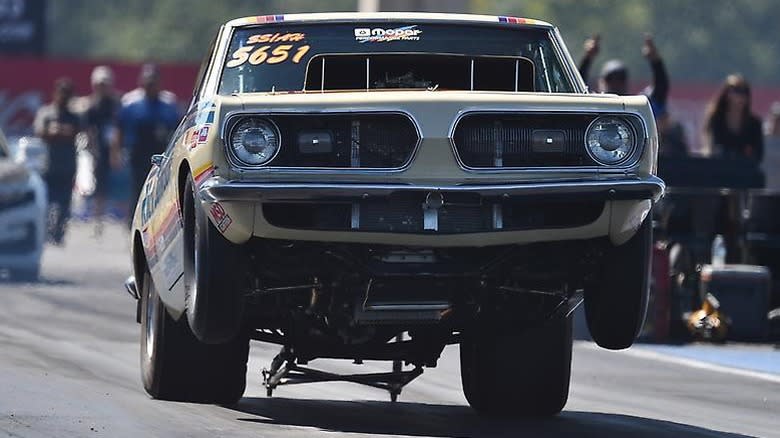
NASCAR and National Hot Rod Association racing picked up in popularity along with the rise of the muscle cars, or maybe vice versa, and Mopar quickly made a name for itself supporting racing teams in the series. In fact, Mopar opened a special depot for shipping race-ready parts in 1964 and had launched a dedicated Performance Parts Service by 1968. Yet these were meant for the motorsports big leagues; most Mopar aftermarket parts weren't available directly to everyday motorists. There weren't even publicly available catalogs.
If you wanted to squeeze more muscle out of your ride during those years you had to go into a dealership, and we know how greedy dealers make everything worse. There, you had to talk with a parts pro about what was available and place your order. This finally changed in 1974 with the Mopar Direct Connection program. Backed by a color catalog, complete with technical drawings and 3D "exploded" views, Direct Connection gave just about everyone, well, direct access to Mopar's racing goodies. And plenty of people took advantage of the opportunity to add a little high-powered help to their regular rides, including the automaker itself.
The Muscle Cars That Made Mopar
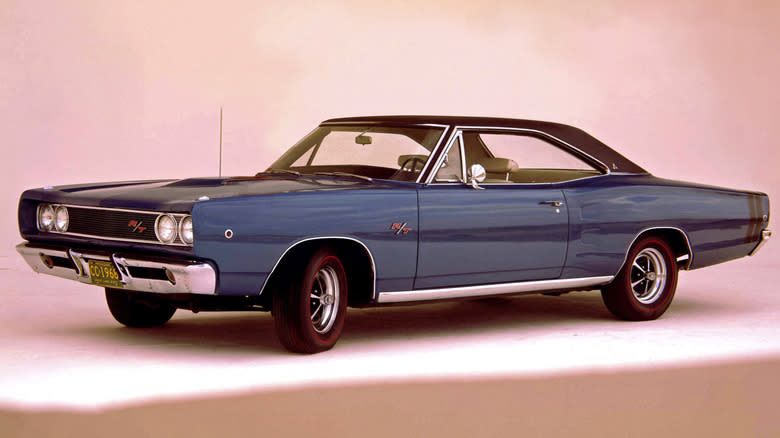
Of course, Chrysler had begun stuffing a big motors and performance parts into basic driving machines before that. One early example was the 1957 Chrysler 300C, which sported a mighty Hemi V8 — in this case, a 392-cubic-inch mill that could leverage dual four-barrel carburetors to boast 390 horsepower.
The first Mopar cars from the classic muscle-car years are usually considered to be the 1967 Plymouth GTX and Dodge Coronet R/T. The first was based on the Plymouth Belvedere midsizer that was offered in sedan, coupe, and station wagon body styles.
When the 1967 model year came around, Plymouth put two massive V8s on the menu for the Belvedere's new GTX trim: a 440-cubic-inch Super Commando V8 that could deploy 375 ponies and a 426-cubic-inch Hemi that upped the ante to 425 horsepower. Dodge's Coronet R/T borrowed the same platform and engine choices, although its 440-cubic-inch V8 was called the Magnum instead of Super Commando, and it was further notable for being the first of that brand's cars to show off the "R/T" badge — for "Road and Track."
Today, another name from the past is being resurrected and will no doubt help driver Mopar's future: Stellantis' new leader is bringing back not just SRT (Street and Racing Technology), but also Hemi engines and factory backing for NASCAR truck racing.
Want more like this? Join the Jalopnik newsletter to get the latest auto news sent straight to your inbox...
Read the original article on Jalopnik.
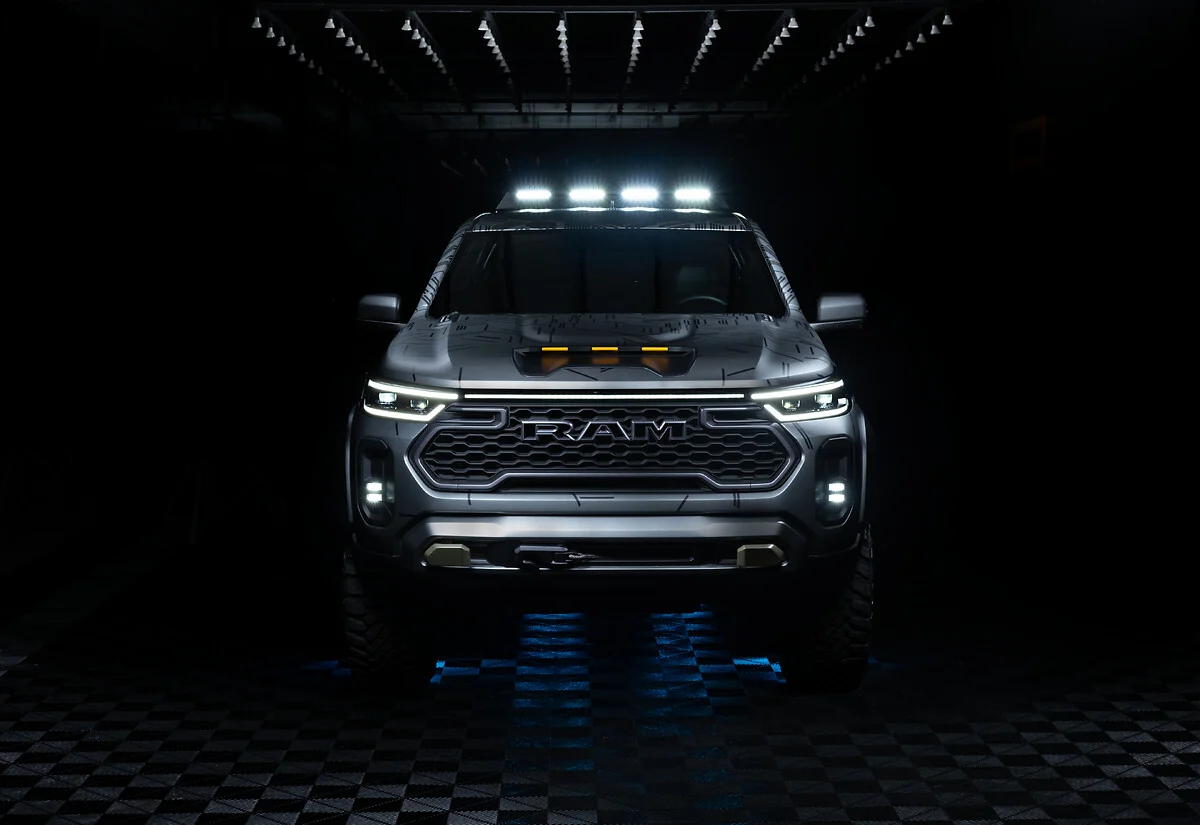
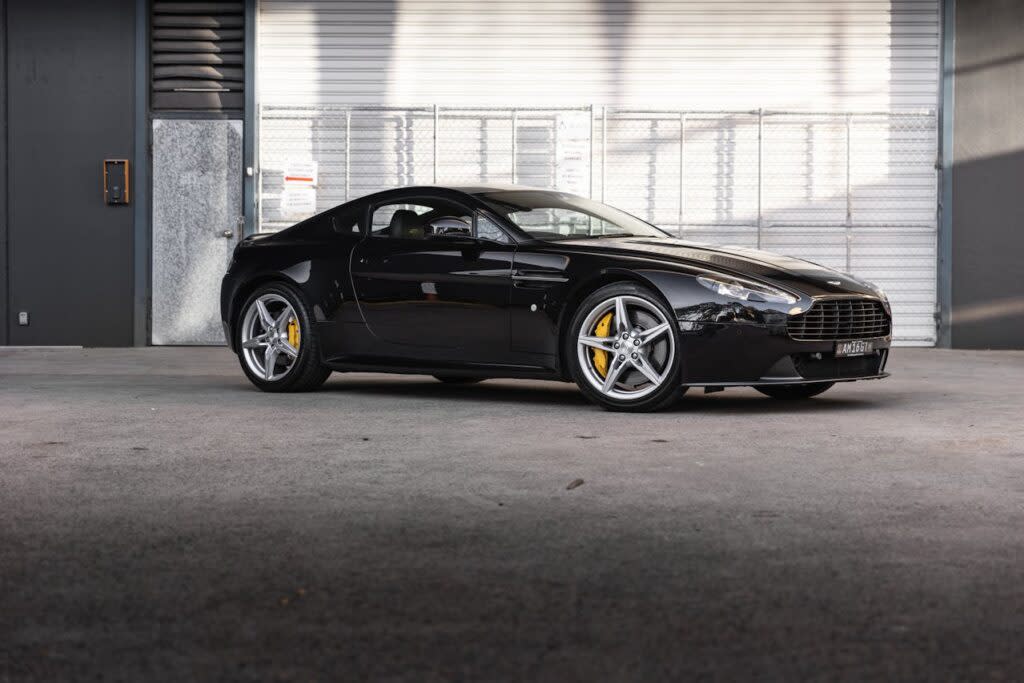

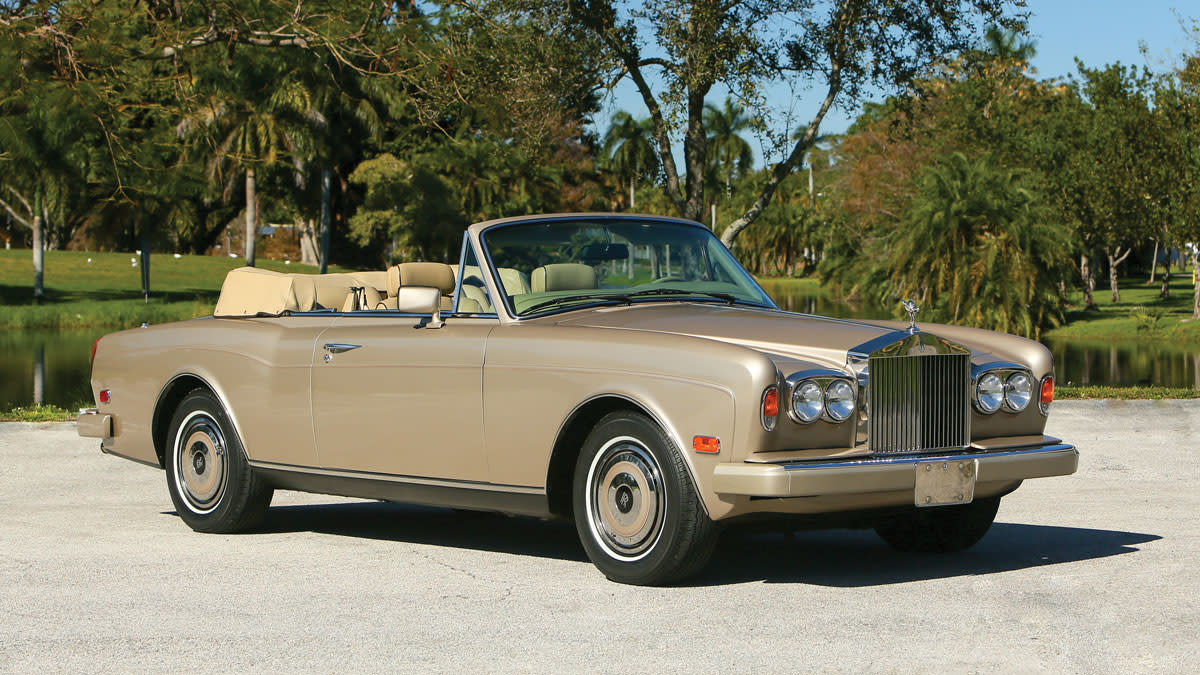
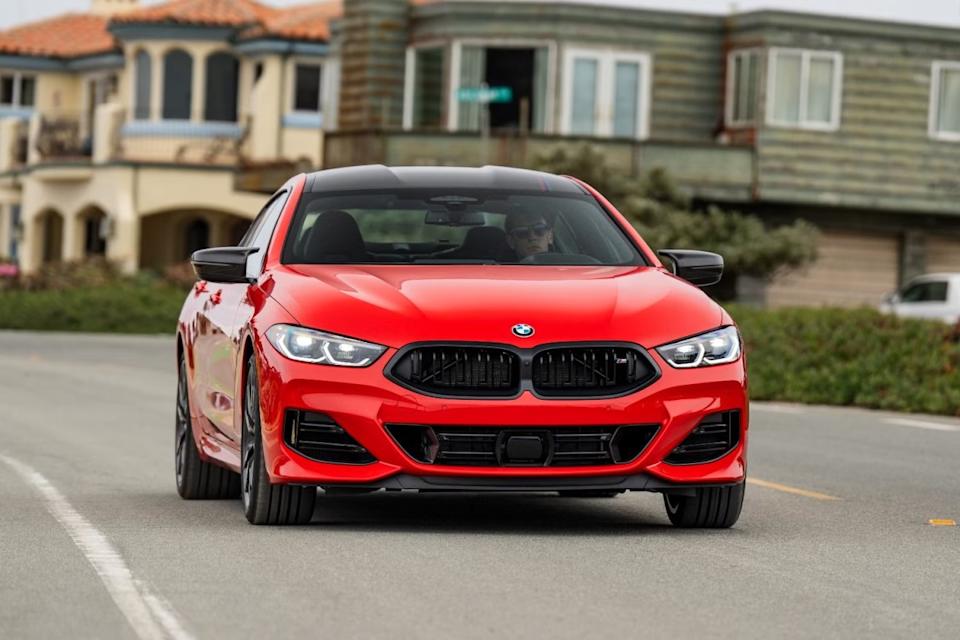

Comments